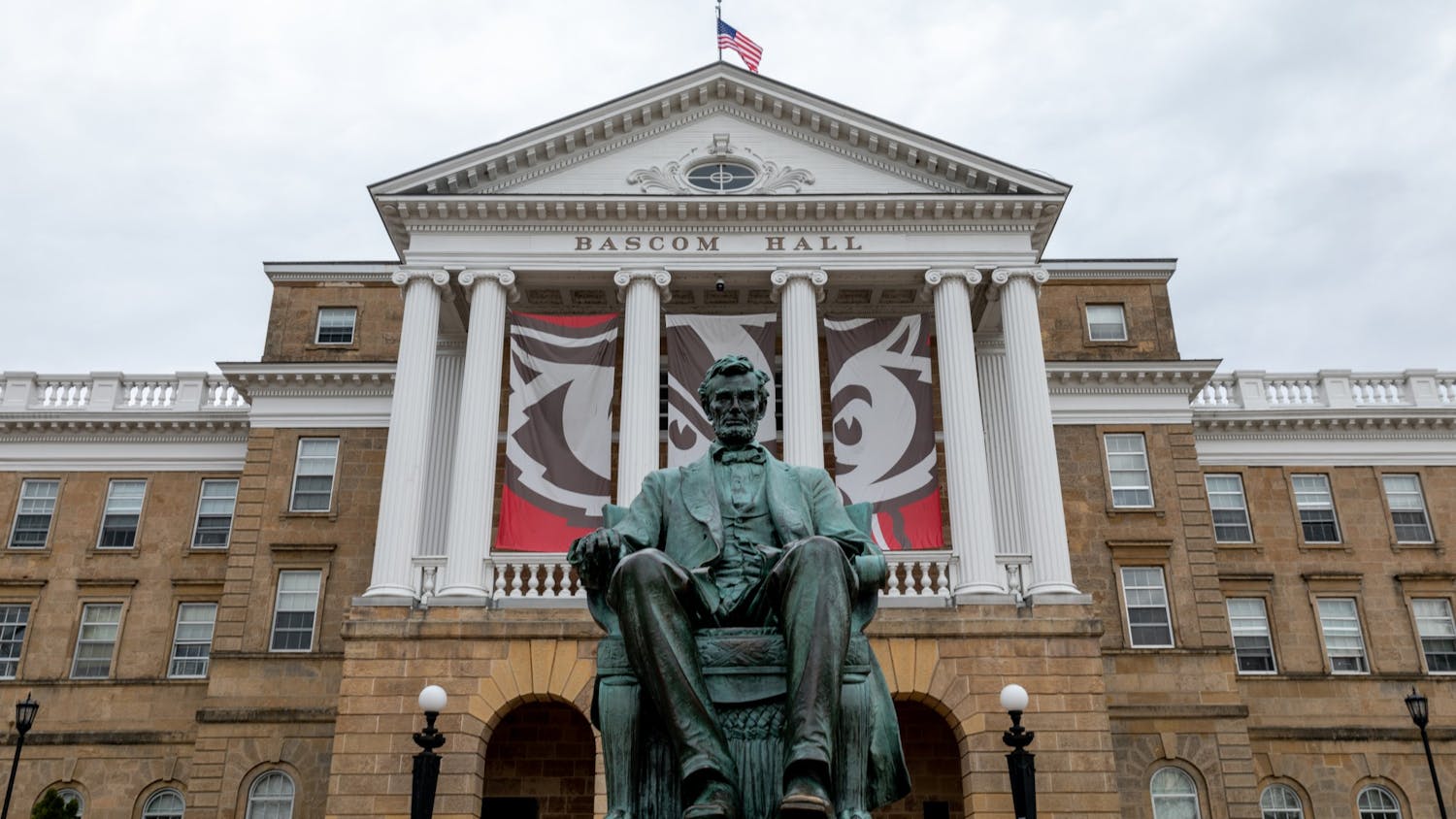Education is a hot topic this year, and for good reason. With new legislation and budget cuts, Wisconsin’s public schools are seeing a slew of teacher layoffs, and public colleges are facing big changes regarding loans and debt. All this legislation is making me question what priorities the state and nation hold.
As a state school, UW-Madison is known for giving high quality education at an affordable price. However, even this “affordable” price is sometimes too much for prospective undergraduates to handle. So instead of going straight into the workforce, many students take out loans from public or private sources, which can lead to massive amounts of debt.
One of the cheapest loan options are subsidized Stafford loans. These need-based loans currently have lower interest rates than their unsubsidized counterparts, and students do not pay interest on the loans until after her or she has left school. With legislation threatening to pass this year, the interest rates on subsidized loans will double, and graduate and professional students will no longer qualify for unsubsidized Stafford student loans. This means interest will accrue very quickly while they are in school, and post-secondary students could be paying thousands more in interest as they pay off loans.
For families below the poverty line, more options are available. Grants are given to students whose families are barely scraping by, and lower interest rates can be found.
But even though grants and low-interest loans are available for low income families, students whose parents have relatively lucrative careers have fewer options. If an undergrad’s parents are making $100,000 per year, that student will probably not be offered grants or subsidized loans. The problem is not every student’s parents are giving them money for their education, so no matter how much parents make, some students are simply unable to manage college costs.
This leads to the big question: What are our priorities here in the U.S.? Giving kids money for school is expensive, but it would yield a population of educated voters ready to compete globally. The issue reaches beyond college, affecting children in elementary, middle and high school. Budget cuts under Wisconsin Gov. Scott Walker have left school districts with no choice but to whittle their teaching staff down to a tiny, albeit less costly number.
And while Dane County’s K-12 teachers have escaped the layoff madness, other Wisconsinites haven’t been so lucky. Hundreds, if not thousands, across the state are losing their jobs, and our youths’ education will no doubt suffer because of it.
An affordable, quality education at every level should be the goal. Wisconsin’s public schools should see small class sizes and excited instructors, not stressed-out teachers with too many students and courses to prepare for. Undergraduates should be able to attend college without the fear of financial distress looming in the future. Graduate and professional students deserve the same.
It doesn’t make sense to undermine or discourage education by raising the price. Education leads to better jobs, health, industry, economy and a better nation as a whole. There is no way to justify increasing the expense, and though we have all heard “that money has to come from somewhere,” investing in education is money well spent.
Unfortunately, Walker’s budget bill relies on the UW System to carry 38 percent of Wisconsin’s budget cuts, even though the system is responsible for only 7 percent of state expenditures. For this reason, students are bearing the brunt of higher tuition costs when they should be focusing on school. To prevent this ridiculous solution from continuing, Wisconsin’s students must rally and demand a change or new leadership in the coming year.
Kate Krebs is a first-year student majoring in English and Spanish. To tell us what you think of her article, send all feedback to opinion@dailiycardinal.com.





